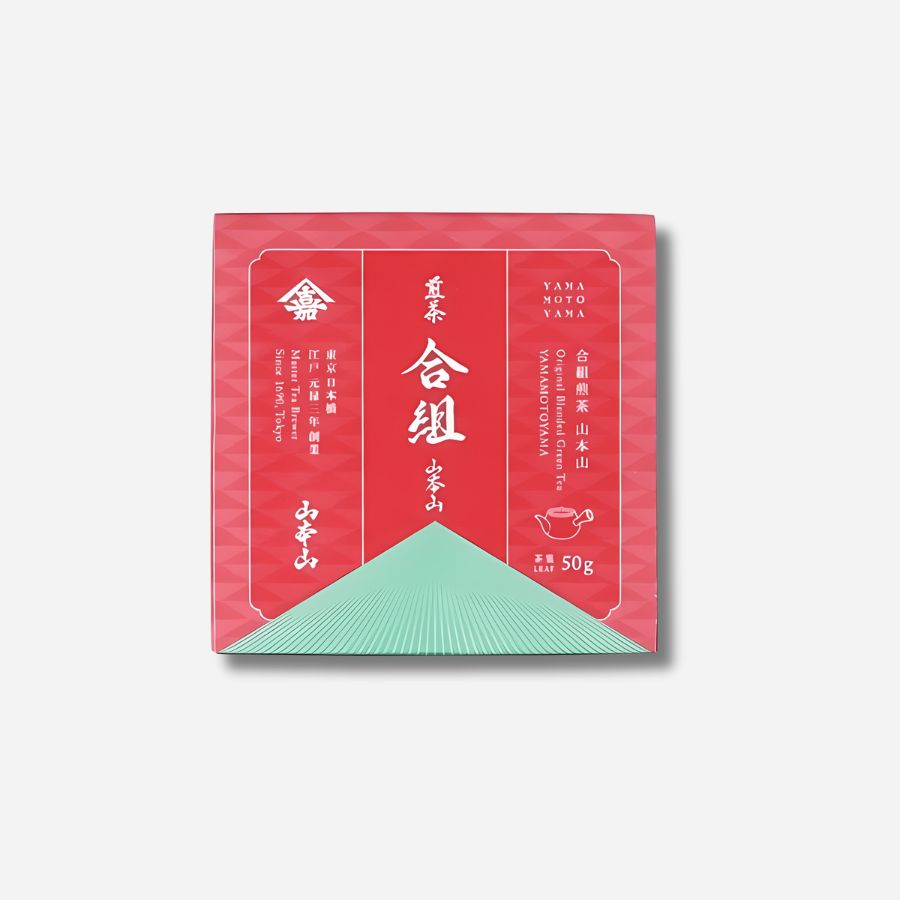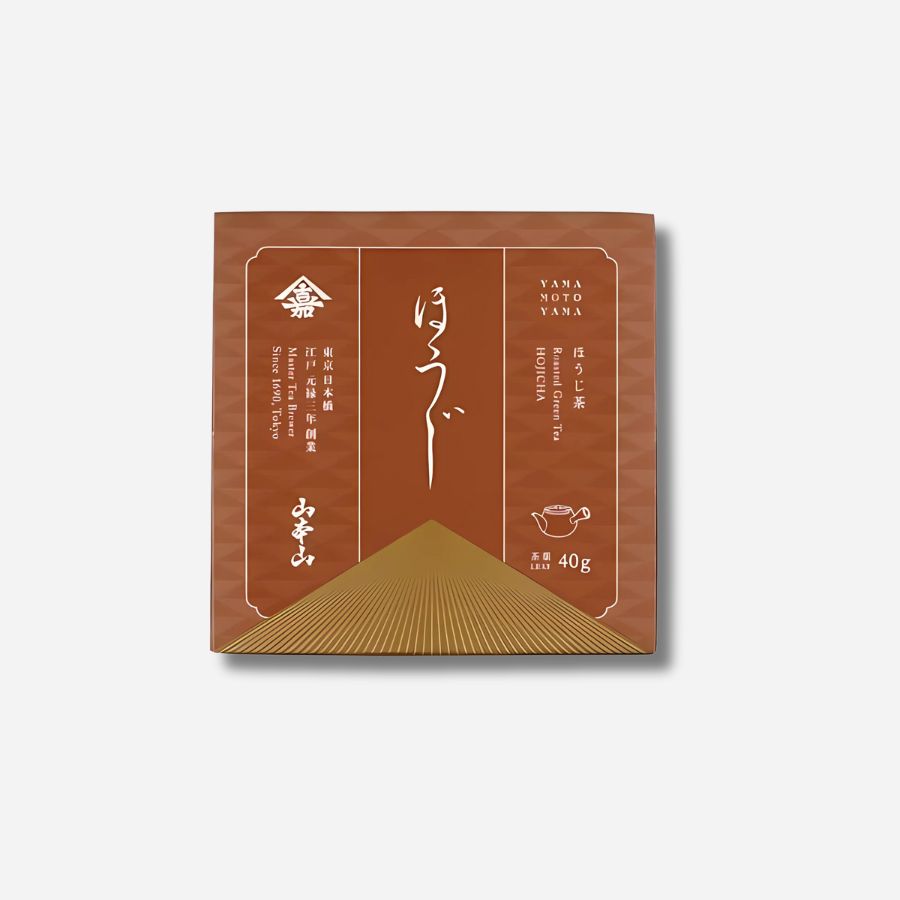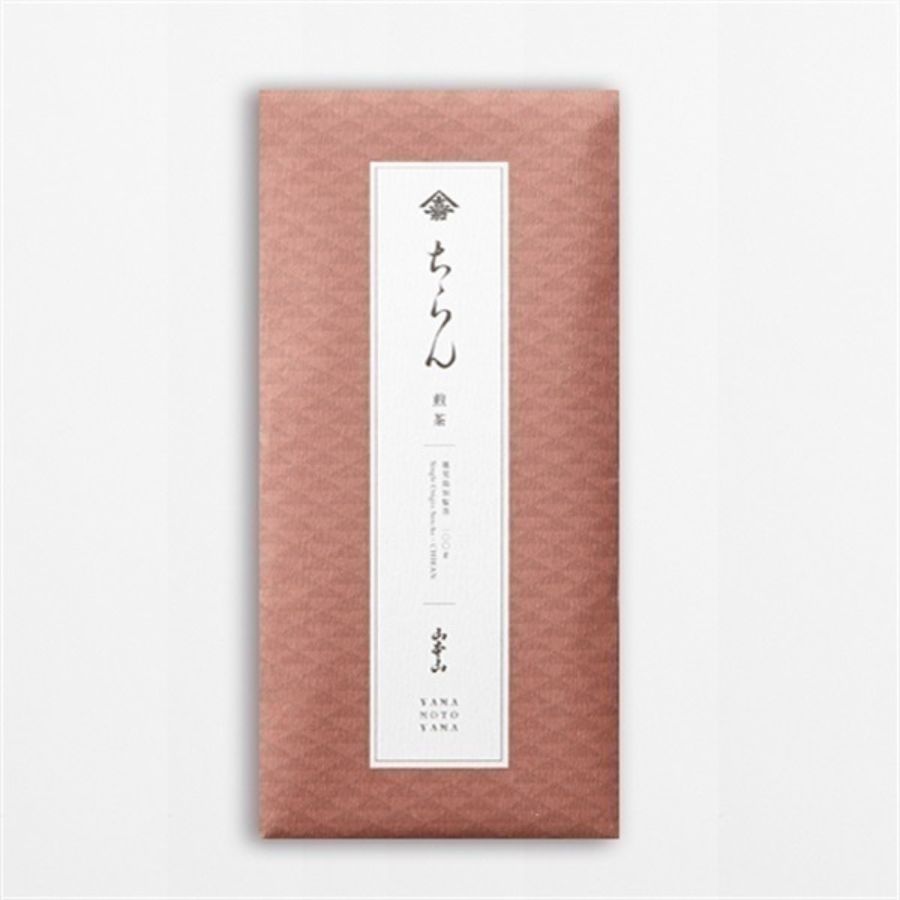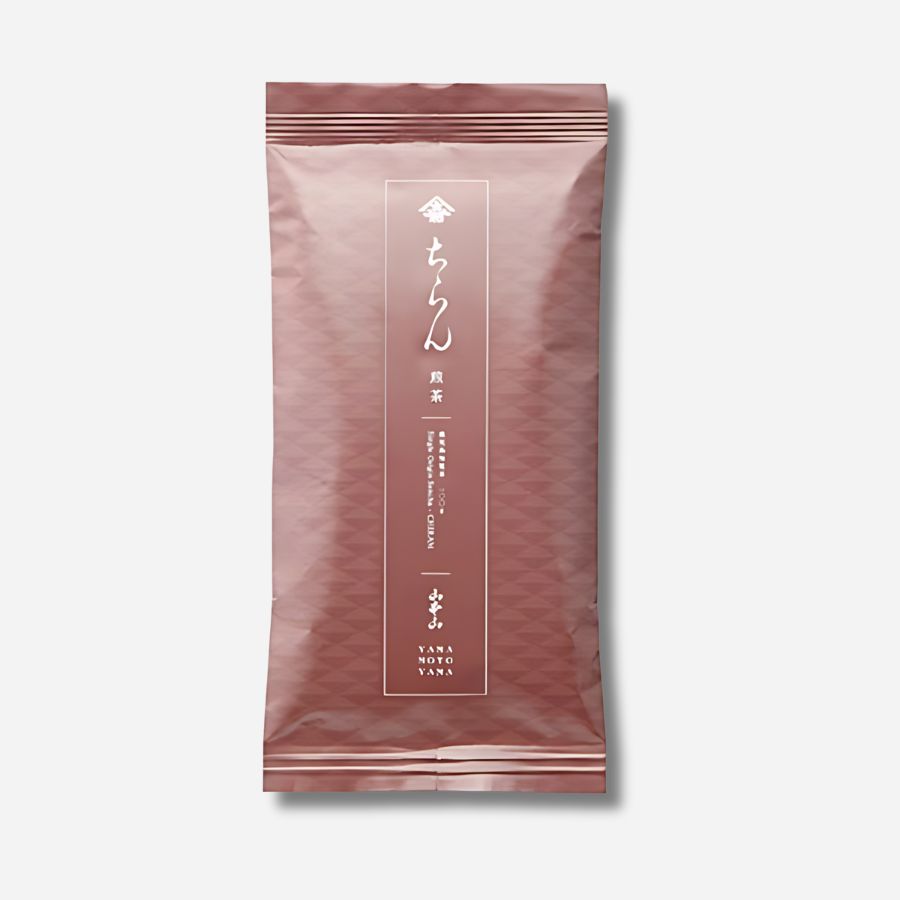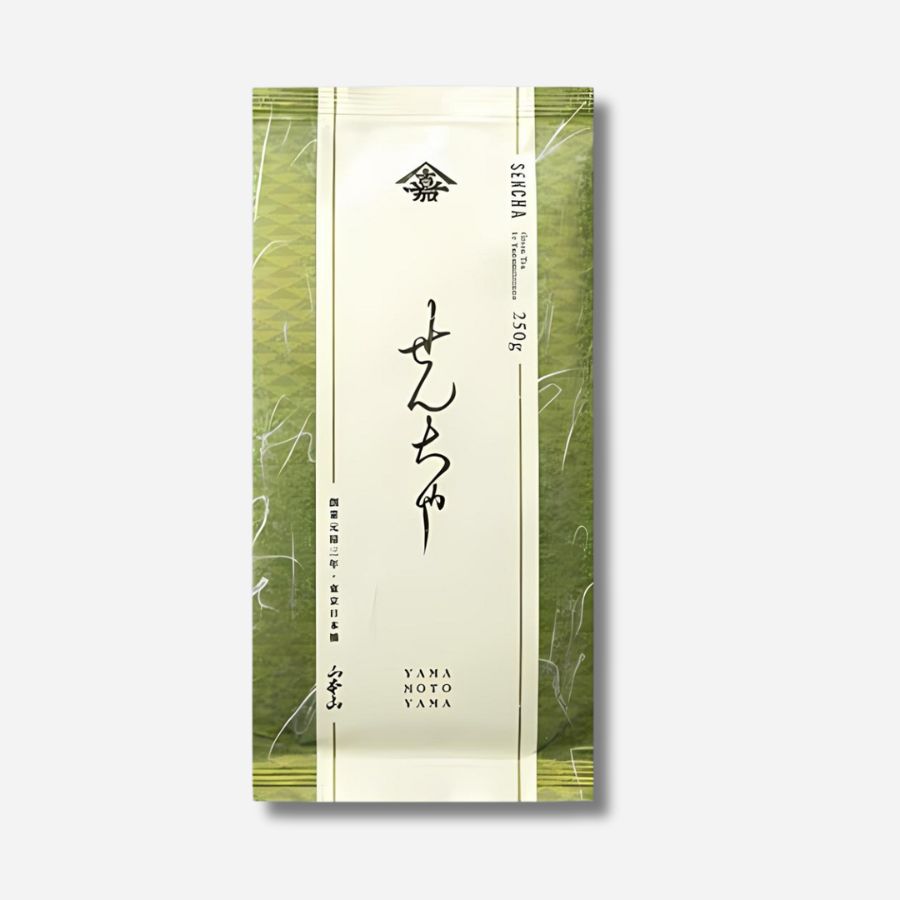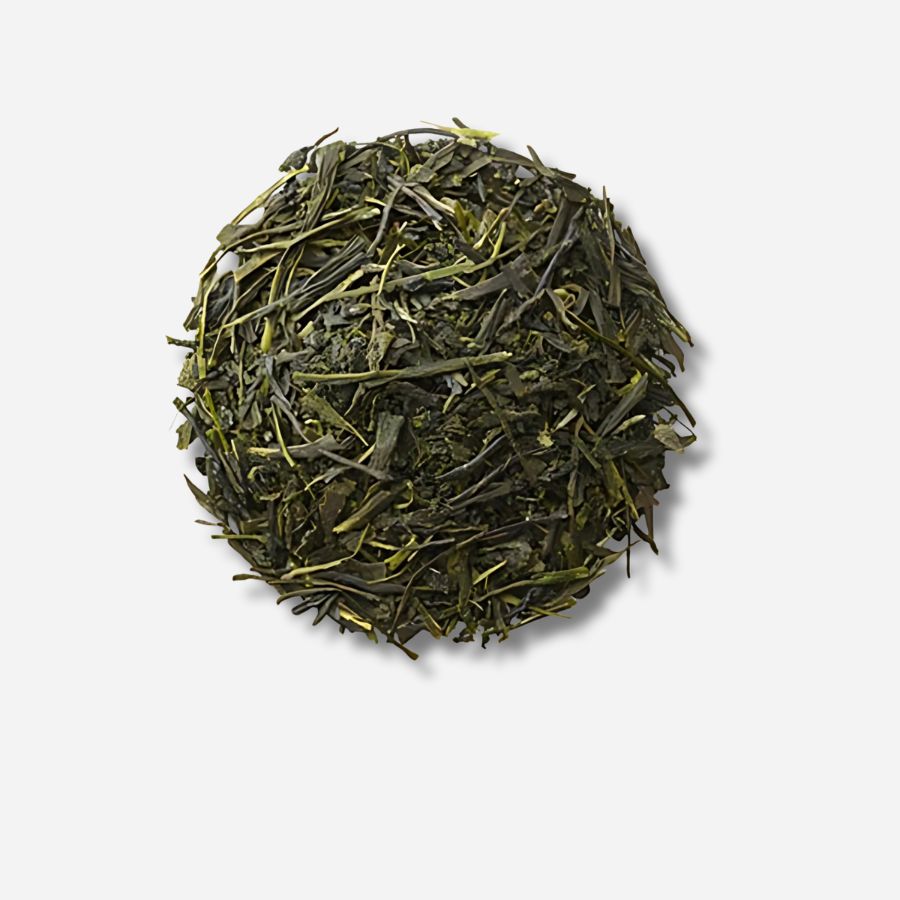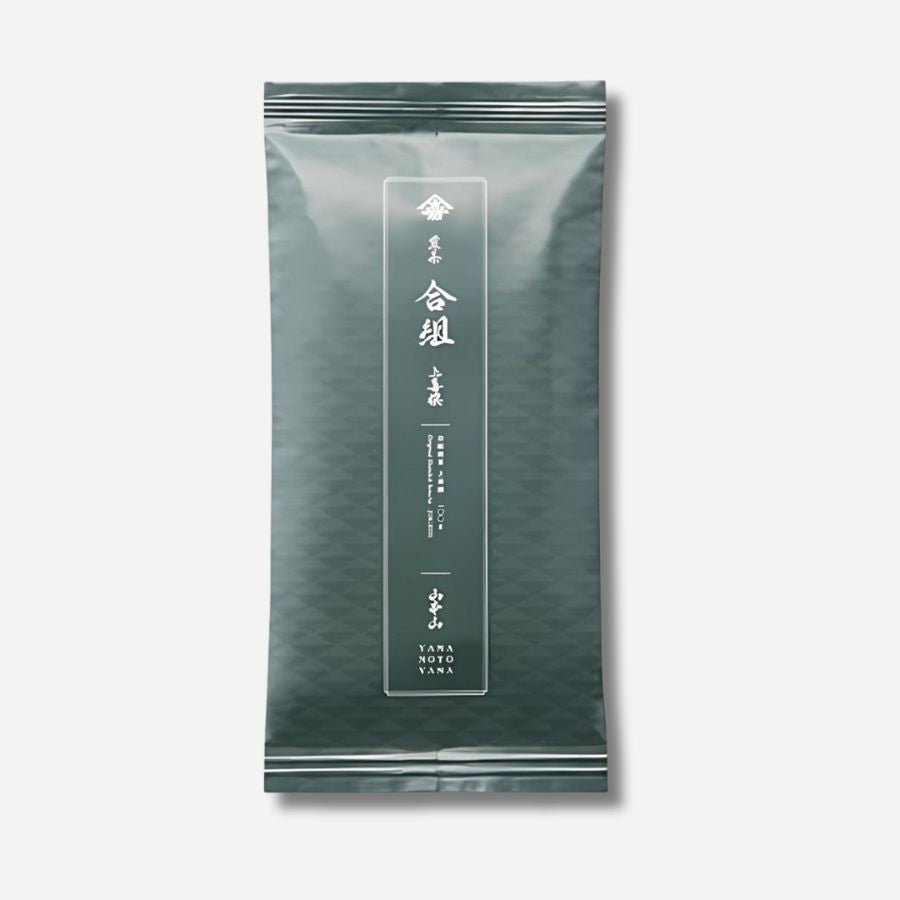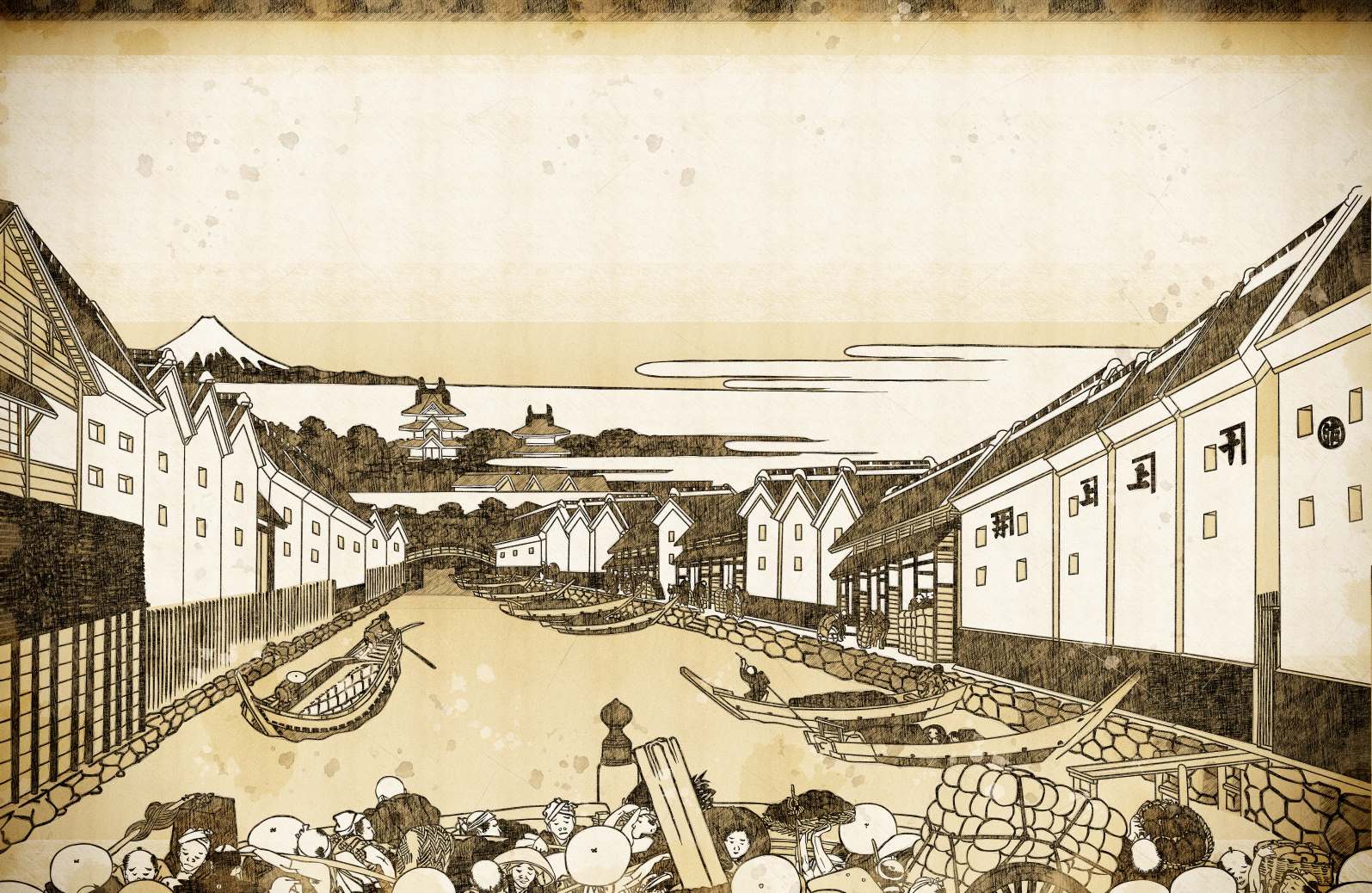
What is Tocha? A thorough explanation of its history and appeal! A must-see for tea ceremony lovers
What is Tocha?
"Tea fighting" is a traditional game that has been passed down since ancient times in which participants try to guess the origin and variety of tea by comparing the taste and aroma of the tea.
It's like a wine tasting, where participants rely on their palate to discern subtle differences and compete with each other.

The History of Tea Competition
The origins of tea fighting date back to the Song Dynasty in China, when people gathered in groups to compete to determine the winner by identifying the origin of matcha and the type of water used to make the tea.
It was introduced to Japan during the Muromachi period, and after its introduction, both China and Japan established their own unique styles.

At the beginning of the Northern and Southern Courts period, tea tasting was an elegant pastime that took a whole day for high-ranking people such as nobles and monks.
However, during the turbulent period of the Northern and Southern Courts period, the game began to spread among ordinary samurai and merchants due to its high entertainment value. As a result, games involving betting on alcohol or food appeared, and the gambling element gradually became stronger.

During the Muromachi period, with the simplification of customs and the widespread use of sencha utensils, ordinary people also began to take up the practice, and the trend reached its peak.
However, due to its popularity and the high level of gambling nature, conflicts increased, and in 1336, the first Shogun of the Ashikaga Shogunate, Ashikaga Takauji, enacted the Kenmu Code, which banned tea fighting.

Tea contests still exist today
Although tea fighting has been banned, it is still passed down as a local custom, and the custom of "Shirakubo no Ocha Ko" in Nakanojo Town, Gunma Prefecture, has been designated as an Important Intangible Folk Cultural Property of Japan.
In other regions as well, events are held around the country by JA, tea merchants' associations and other tea industry-related parties to compete against each other's discerning tea tastes.
Currently, there is no gambling element to the event, and it is held solely to increase opportunities for citizens to come into contact with Japanese tea.

Rules of tea fighting
The rules vary depending on the school and the season, but originally it is a game in which you compare five types of tea (two types of gyokuro and three types of sencha) named after "Flower, Bird, Wind, Moon, and Guest" and guess the brand and place of origin of each.
First, the tea leaves are brought to you. You can look at them, smell them, and even put them in your mouth.
Next, the tea is brought to you. Each time you drink a cup of tea, you put a tag with the brand you want into the box.
Once you have finished drinking all five types, you can open the betting box and check your answer. This process is repeated five times, and you compete for rankings based on your total points.

summary
How was it?
Tea contests were an avid pastime for everyone from aristocrats to samurai and merchants. Although they went in and out of fashion over the years, by comparing different types of tea, you can learn about the individuality and characteristics of each tea leaf.
Even for people who are used to drinking regularly, it is not easy to tell the difference, making it a very difficult and fun game.





